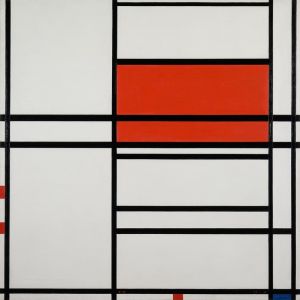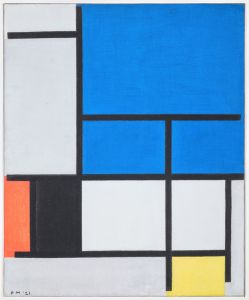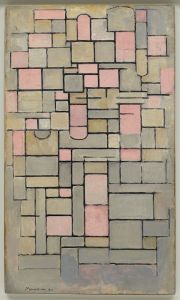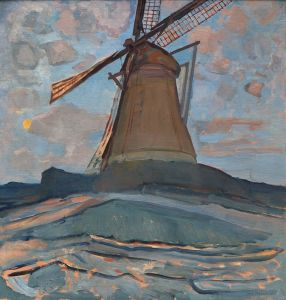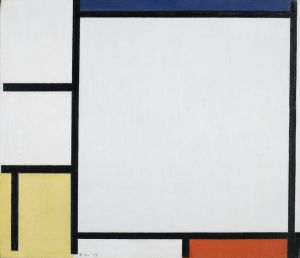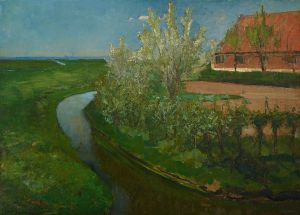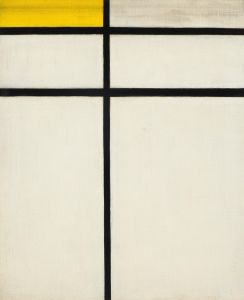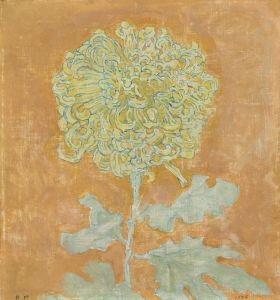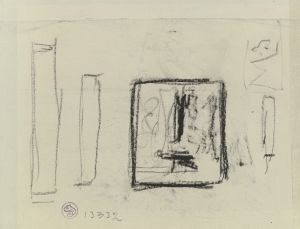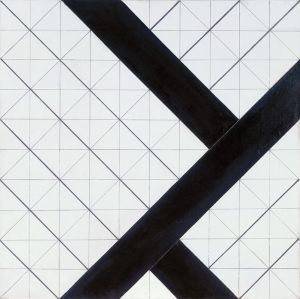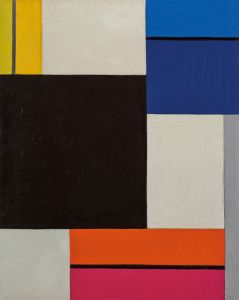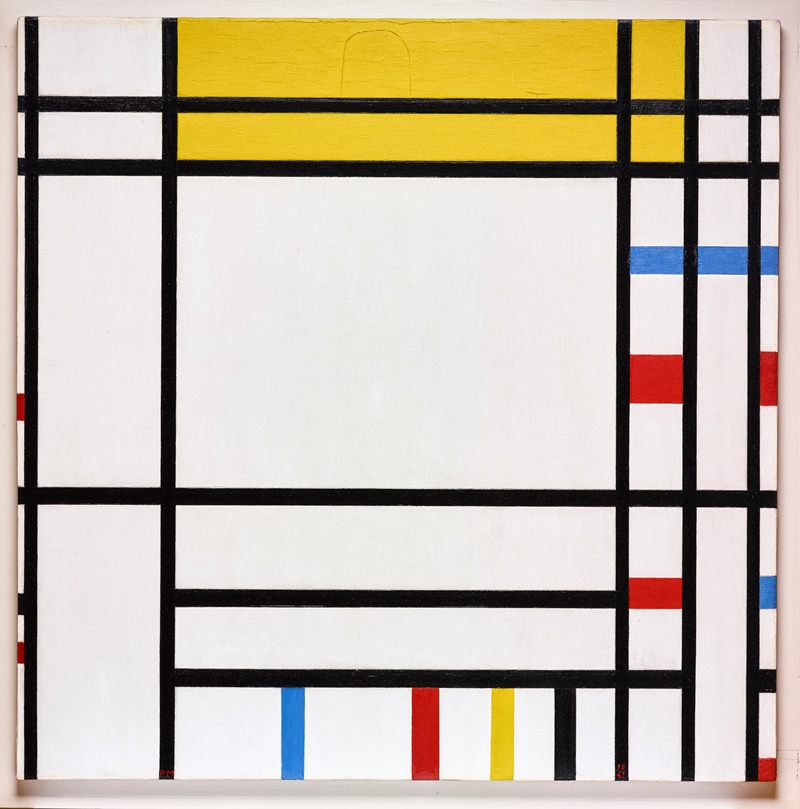
Place de la Concorde
A hand-painted replica of Piet Mondrian’s masterpiece Place de la Concorde, meticulously crafted by professional artists to capture the true essence of the original. Each piece is created with museum-quality canvas and rare mineral pigments, carefully painted by experienced artists with delicate brushstrokes and rich, layered colors to perfectly recreate the texture of the original artwork. Unlike machine-printed reproductions, this hand-painted version brings the painting to life, infused with the artist’s emotions and skill in every stroke. Whether for personal collection or home decoration, it instantly elevates the artistic atmosphere of any space.
Piet Mondrian, a Dutch painter known for his role in the development of abstract art and his contribution to the De Stijl movement, created a series of works that reflect his evolving artistic philosophy. Among these works is "Place de la Concorde," which exemplifies his transition from representational art to a more abstract style. Mondrian's journey towards abstraction was marked by his interest in reducing forms to their essential structures, a process that is evident in this particular painting.
"Place de la Concorde" was painted during a period when Mondrian was deeply influenced by Cubism, a movement that emphasized the fragmentation of objects into geometric shapes. This influence is apparent in the painting's composition, which features a grid-like structure that would become a hallmark of Mondrian's later works. The painting captures the essence of the Place de la Concorde, a major public square in Paris, through a series of intersecting lines and planes that suggest the dynamic energy of the location without resorting to literal representation.
Mondrian's time in Paris was crucial to his artistic development. He moved to the city in 1911 and was exposed to the avant-garde movements that were reshaping the art world. The vibrant artistic community in Paris provided Mondrian with the opportunity to engage with other artists and ideas, which significantly influenced his work. "Place de la Concorde" reflects this period of experimentation and transition, as Mondrian began to move away from the naturalistic depictions of his earlier career towards a more abstract and geometric style.
In "Place de la Concorde," Mondrian employs a limited color palette, predominantly using shades of gray, black, and white. This restrained use of color is characteristic of his work during this period and serves to emphasize the structural elements of the composition. The painting's grid-like arrangement of lines and shapes suggests a sense of order and balance, reflecting Mondrian's belief in the underlying harmony of the universe.
Mondrian's exploration of abstraction was not merely an aesthetic choice but was deeply rooted in his philosophical beliefs. He was influenced by theosophy, a spiritual movement that sought to understand the divine order of the universe. This belief in a universal harmony is reflected in Mondrian's artistic approach, as he sought to express the fundamental principles of reality through his work.
"Place de la Concorde" is an important work in Mondrian's oeuvre, as it marks a significant step in his journey towards pure abstraction. The painting demonstrates his ability to distill complex scenes into their essential forms, a skill that would define his later, more iconic works. Mondrian's influence on modern art is profound, and his exploration of abstraction paved the way for future generations of artists to explore new ways of seeing and representing the world.
Overall, "Place de la Concorde" is a testament to Mondrian's innovative spirit and his commitment to exploring the boundaries of artistic expression. Through this work, he laid the groundwork for the development of abstract art and left a lasting legacy that continues to inspire artists today.





